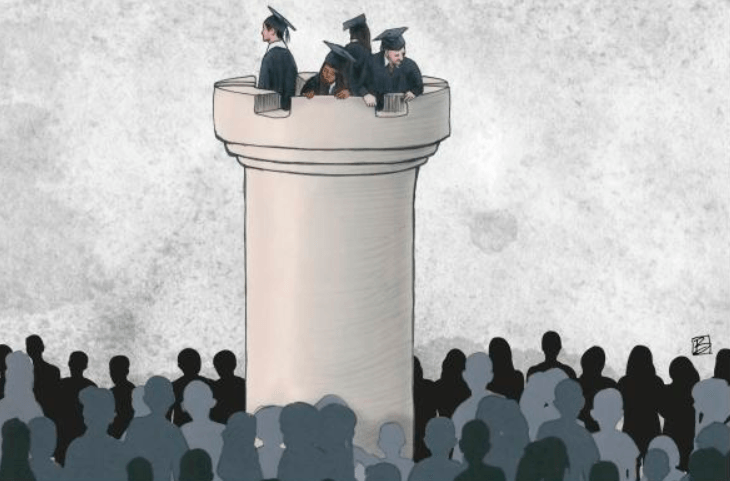THREE BEST-WORKPLACE TRENDS
Fortune has published its annual “The 100 Best Companies To Work For” (Milton Moskowitz and Robert Levering, March 15, 2015, pp. 97–154). Given that this is Fortune ’s 18th year of collaborating with workplace consultant Great Place to Work, certain significant trends are appearing. From a talent-management perspective, businesses have much opportunity to capitalize on these trends to improve all aspects of how they recruit, hire, train, develop, and retain their employees.
Some observers like to deny the supposed trends or explain them away into oblivion. That does not change the fact that the trends are what they are. The sooner we acknowledge them and capitalize on them, the further ahead of the game we will be. This is good for our stakeholders, our employees, our leadership, our customers, and our communities. Here are the three significant trends Fortune identifies (pp. 141–143):
The Best Workplaces Are Getting Better. By becoming the best, these workplaces do not just know how they got there. They know what to do to stay there. They are not resting on their laurels and deciding it is time to kick back. Instead, they are continually searching for ways to refine everything they do. One example cited was overall training and development. Compared to 1998, today these companies are giving almost 80% more training and development to their workforce. They also focus on trust and wellness.
More Business Leaders Are Focused On Workplace Culture As A Competitive Tool. Never underestimate the power of workplace culture. When you have good workplace culture, it’s very good. When you have bad workplace culture, it’s very bad. A fundamental reason these companies are so successful is that their corporate cultures are so positive. When employees are immersed in a positive corporate culture, it inspires them to bring their very best each day and on each task. When we understand it this way, how could we not think that workplace culture is a competitive tool?
Leaders Are Genuinely Listening To Their Employees And Crafting Distinctive Policies And Programs That Suit Today’s Workforce. It seems the two prior trends automatically drive this third one. Today’s workforce is not the same as yesterday’s workforce. Companies that do not hear what the labor market is saying will miss the best that the labor market has to offer. However, for the companies that hear what the labor market is saying, and respond to it, those are the companies that will continue to show up on this list. Are we really listening?
These are powerful and important trends. They give us much to ponder about how companies treat their people. Related to that, Scott Scherr (founder and CEO of Ultimate Software) has made the weighty observation (p. 143):
“ ‘The true measure of a company is how they treat their lowest paid employees.’ ”











